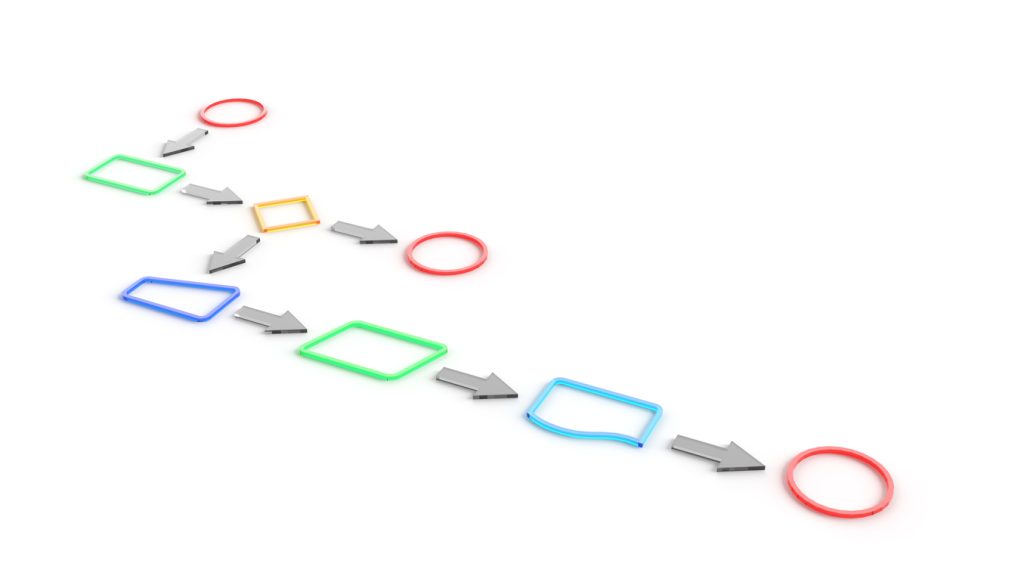
What is Feature Extraction? Feature Extraction in Image Processing
In today's world, data is collected in vast quantities. Processing such large datasets manually is impractical. This is where feature extraction becomes essential.
Feature extraction is a crucial step in many machine learning and deep learning projects, especially in domains like computer vision. For example, when working on object detection or analyzing vast image datasets, you need an efficient way to identify important information from the images. Feature extraction helps by reducing the amount of data while retaining the most significant parts, making it easier to analyze and work with.
If you're aiming to work on advanced projects like image classification or object detection, mastering feature extraction techniques is key. Taking a course in digital image processing or learning image processing with Python can simplify this task. These skills can be easily acquired through free online courses that will provide a clear understanding of the concepts.
Let’s explore how this technique can be applied in real-world scenarios.
What is Feature Extraction?
Feature extraction refers to the process of transforming raw data into numerical features that can be processed while preserving the critical information in the data. In image processing, feature extraction focuses on detecting relevant visual elements such as edges, shapes, textures, or colors, allowing machines to interpret and classify images.
Why is Feature Extraction Useful?
Feature extraction is crucial because it simplifies the amount of resources required to describe large datasets while maintaining important visual characteristics. This technique enhances the accuracy and efficiency of machine learning models, enabling them to process complex image data faster and more effectively.
Applications of Feature Extraction
Facial Recognition: Identifies key facial features for identity verification.
Object Detection: Enables machines to recognize objects in images and videos.
Medical Imaging: Helps in detecting abnormalities like tumors in X-rays or MRIs.
Autonomous Vehicles: Assists in identifying lanes, signs, and obstacles.
Augmented Reality (AR): Tracks real-world objects to superimpose digital information.
How to Store Images in the Machine?
To process images in machine learning, the images are typically stored as arrays or matrices of pixel values. Grayscale images are stored with one intensity value per pixel, while color images are stored with three values corresponding to the RGB (red, green, blue) channels.
How to Use Feature Extraction Technique for Image Data: Features as Grayscale Pixel Values
Grayscale pixel values serve as basic features in image processing. By converting a color image to grayscale, we reduce the complexity and focus on the intensity of the image rather than color variations.
How to Extract Features from Image Data: Mean Pixel Value of Channels
For color images, feature extraction can be done by calculating the mean pixel value across the different color channels (RGB). These mean values give a basic representation of the image's color composition, simplifying further processing tasks.
Project Using Feature Extraction Technique
Feature extraction can be applied in various projects. A common example is building a facial recognition system using OpenCV. This project would involve identifying specific facial features, such as eyes, nose, and mouth, to differentiate between individuals.
Image Feature Detection Using OpenCV
OpenCV is a powerful library for real-time computer vision applications. It offers various feature detection techniques, including edge detection, contour finding, and object detection. By using OpenCV, developers can quickly implement feature extraction methods for image processing tasks.
Comments (0)